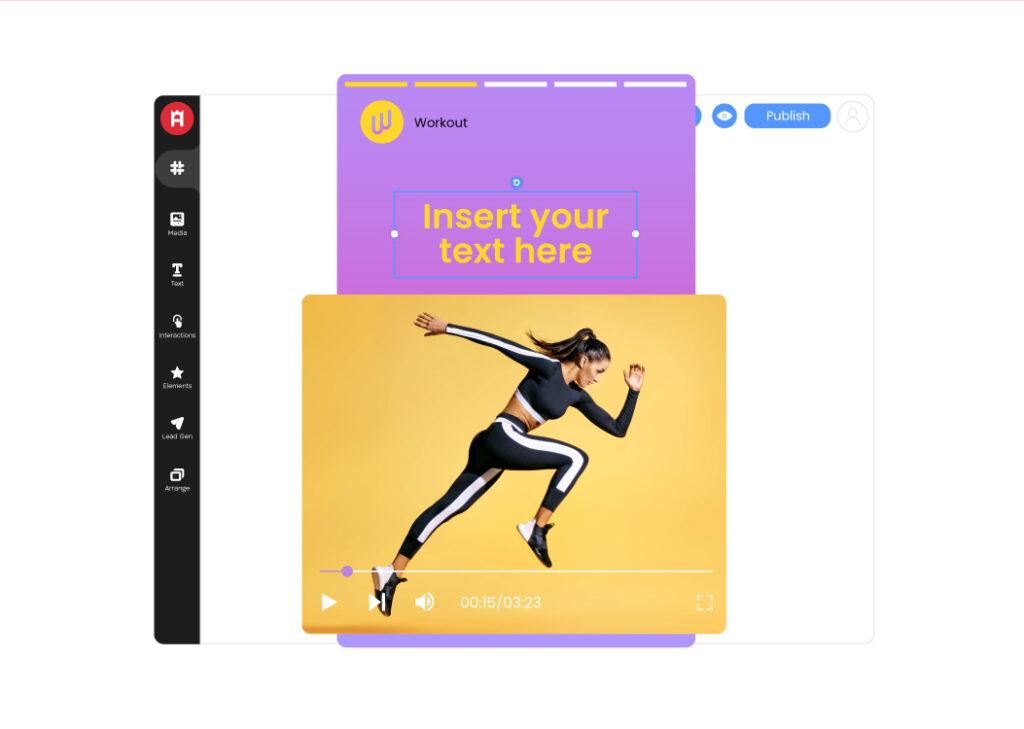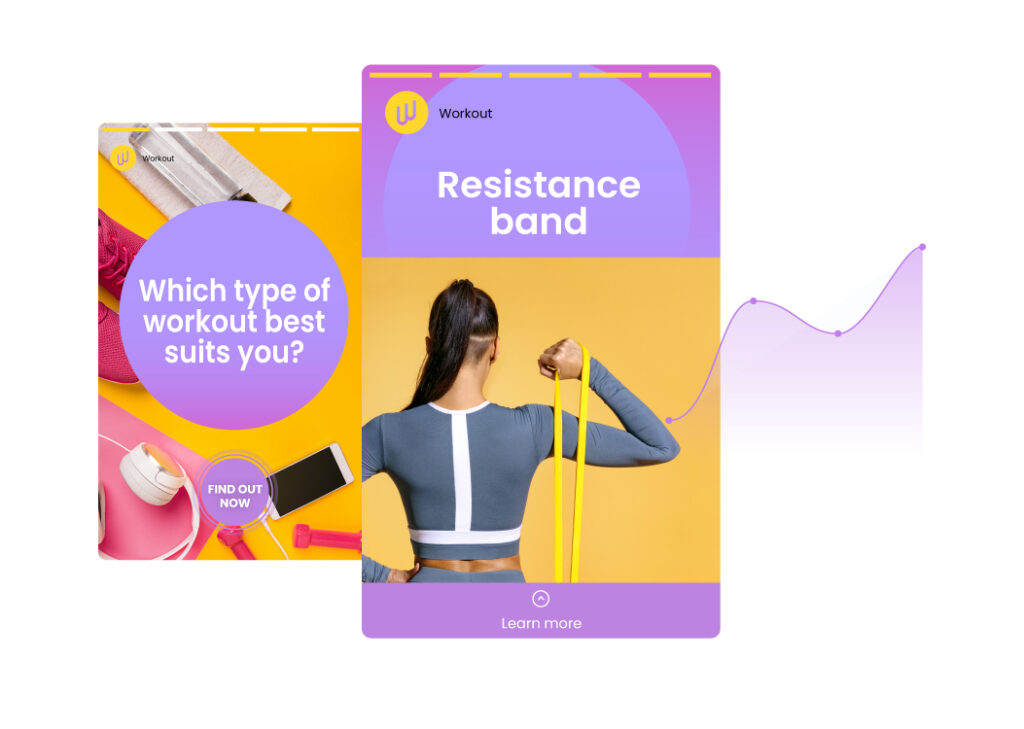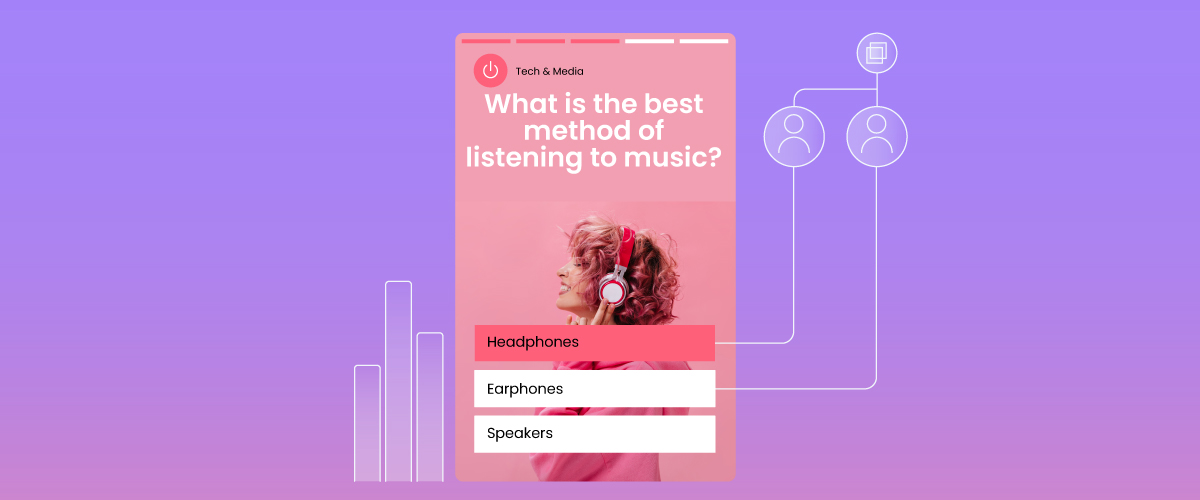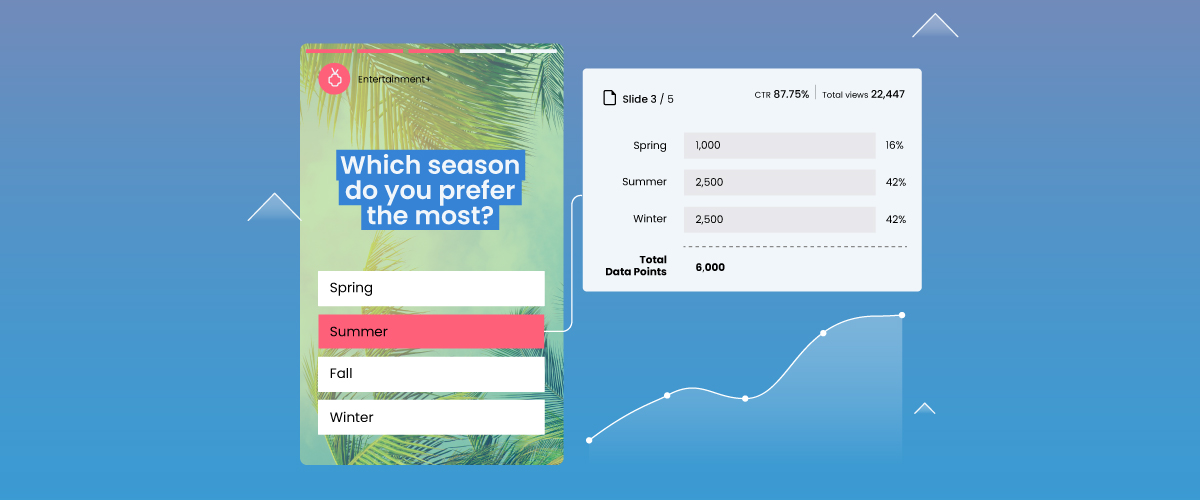When was the last time you took a moment to think about your proposition value? Why should users choose you as a source of information and stick around to read your content? Even if business is excellent and you’re killing it, it’s good to think about how to stay ahead of the game.
One fundamental metric to focus on is the average time on page. Its importance ranges from SEO through retention to conversion, indicating the quality of experience that you offer. Here are six things you can apply to improve the performance of this metric:
1. Use Apester’s interactive content units
Instagram and TikTok are biting off bigger chunks of the online search cake? Challenge accepted: it’s time to bring the elements that make social platforms so popular to your home court. Apester’s CMS platform provides publishers with the possibility to do exactly that. The content units, such as stories, polls, quizzes, and personality tests, are highly shareable and bring your user the best of all worlds. According to research, embedding Apester units result in a 70% longer time on page.
2. Visualize your storytelling
Using media such as photos, videos, and illustrations can do wonders for your content and retention. It’s based on science. MIT neuroscientists found that the human brain can identify images seen for as little as 13 milliseconds. It works well with any type of content, really. Whether you’re creating short or long-form content, feature articles, or data reports, think about how you can use visualization to make your story more appealing to the eye. Some of the world’s longest-existing publishers, such as the BBC and the Guardian, are excelling in the craft and provide a great example of a forward-thinking approach to storytelling.

3. Stay on top of web design trends
God is in the details – big or small. A holistic, end-to-end user experience approach, zooming out of the content you publish and examining your whole website design, is essential for making readers stay. For example, designing animated cursors and micro-interactions can make a huge difference. A user who sees a link change shape and color when hovering over it will likely linger to appreciate it before they go on and read.
4. Don’t give them a reason to leave
Every good thing comes to an end, and so will, eventually, a user’s visit to your site. But it’s up to you to ensure they move on only after they have all the options to stay. Methods include efficient internal linking, article suggestions, infinite scrolling, and exit pop-ups. Treat every page equally, whether it’s a “thank you page” or a 404. Make sure they’re creative, user-friendly, and offer a route back to other sections of your site.

5. Personalize
Fact: different people like different things. So why treat them all the same? Based on segmentation and using AI tools, personalized content can come in many forms. For example CTA personalization, headline personalization, blog content, and more. The result is the same: the user will enjoy the experience more and stay longer.
6. Speed things up
This is what it comes down to. None of the above will help if the user gives up because your website doesn’t load. A fast loading time = higher average time on page. It’s internet algebra 101. Only 27% of people will wait more than three seconds for your website to load. Check your website’s performance regularly and ensure users have a smooth and quick start to their visit. The results will follow.







